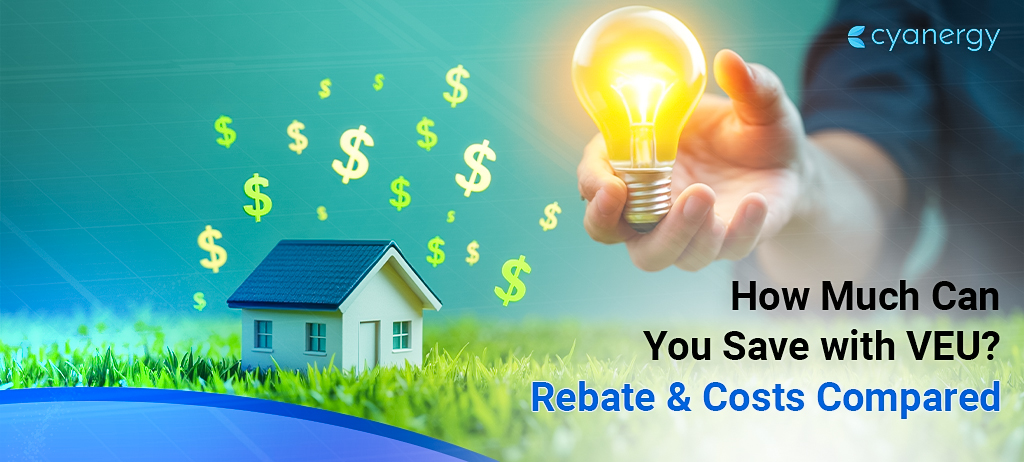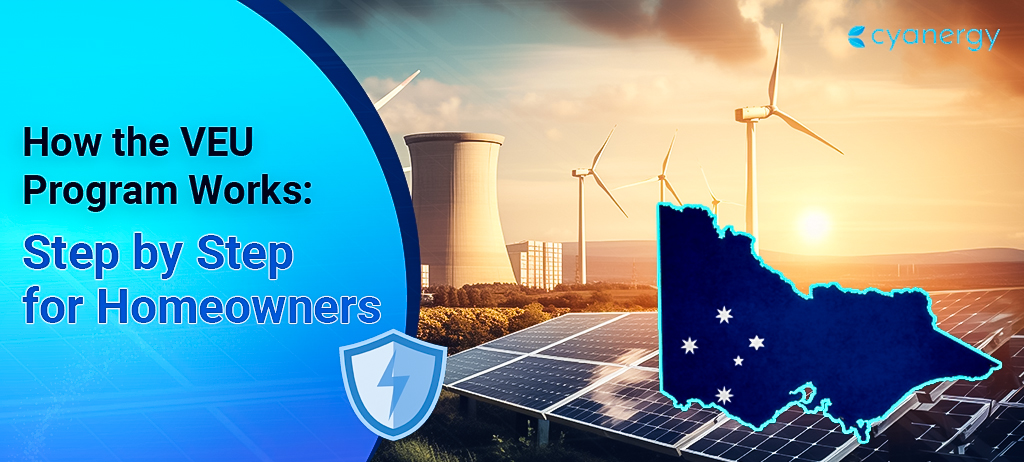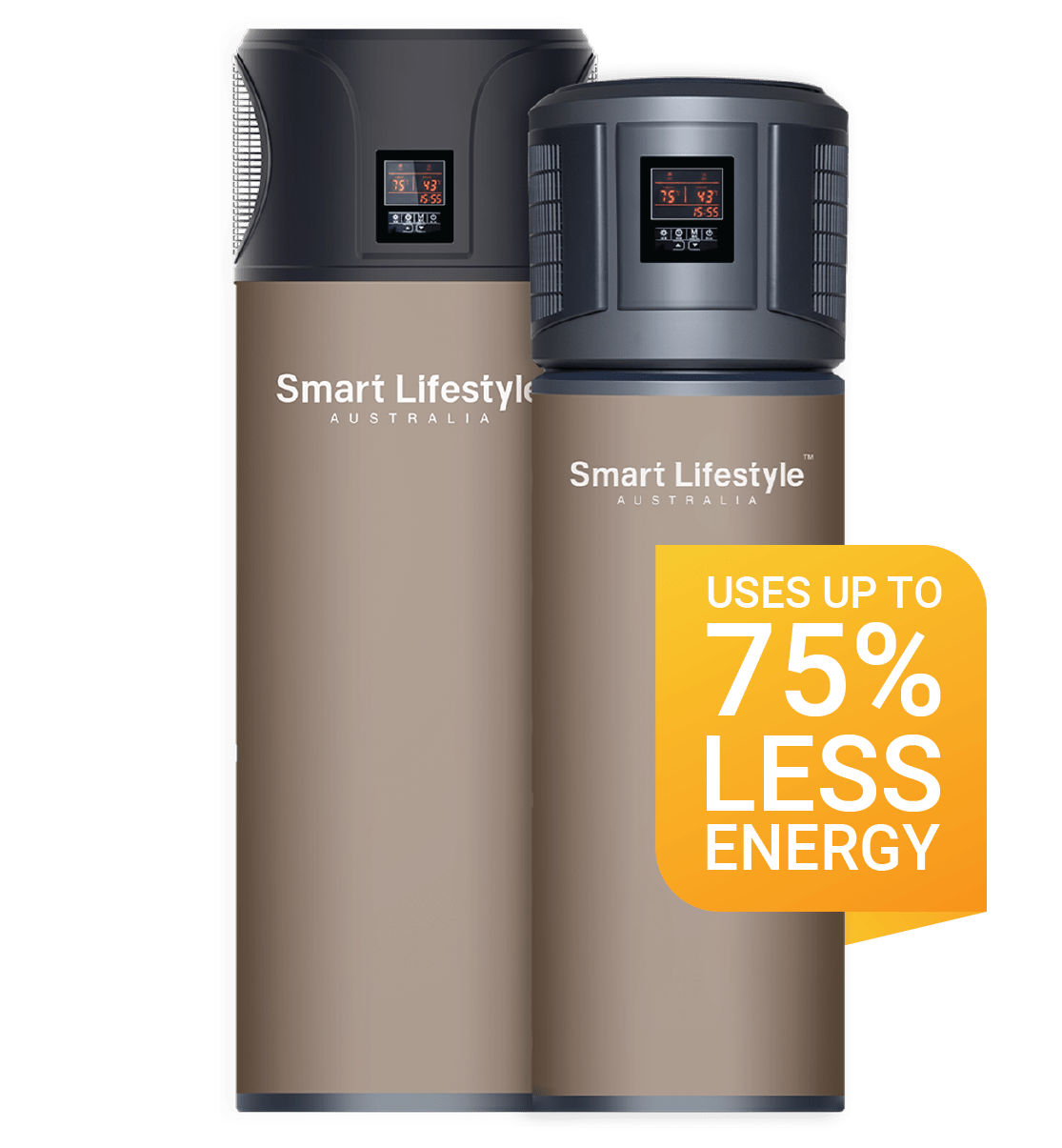Undoubtedly, solar power is currently a leading choice for Australian homeowners and businesses seeking a rapid transition to renewable energy and clean sources to power their properties.
With the falling cost of technology, several government incentives, and growing concern about environmental sustainability, solar energy is becoming more accessible day by day.
But there’s a catch! It’s not only installing solar panels, integrating batteries, and forgetting about them. Understanding the lifespan and performance of your solar panels and battery system is key to enjoying uninterrupted, reliable power.
Just like any smart investment, your solar setup needs a little knowledge and care to deliver long-term benefits.
Knowing when to upgrade, maintain, or replace components can be the difference between a system that saves you thousands and one that silently underperforms.
So, as solar energy continues to rise in 2025, read this comprehensive blog to ensure you’re not just riding the wave but navigating it wisely.
In this blog post:
- How Long Do Solar Panels Last in 2025? | Find Out!
- How to Extend the Lifespan of Your Solar Panels?
- Let’s talk about Solar Battery Lifespan| What to Expect in 2025?
- Maximizing the Lifespan of Solar Batteries: Things You Should Look For!
- Want Your Solar Batteries to Last Longer? Do This!
- End-of-Life Considerations and Recycling of Solar Panel Systems in Australia 2025
- What are the Future Trends in Solar Technology
- Takeaway Thoughts
How Long Do Solar Panels Last in 2025? | Find Out!
Solar panel lifespan can vary depending on several factors, including the quality of the panels, the manufacturer’s warranty, and Australia’s diverse weather conditions.
Even though manufacturers usually provide warranties that guarantee that panels will produce at least 80% of their rated power output after 25 years, many panels continue to operate well beyond their warranty period.
Average Lifespan and Efficiency of a Solar Panel
Modern solar panels are designed to last 25 to 30 years. With proper maintenance and care, some high-quality models, such as Polycrystalline and Monocrystalline panels, can also exceed this range.
Here’s a breakdown of the two most common solar panel types, Polycrystalline and Monocrystalline, in terms of lifespan and efficiency rating in 2025:
Monocrystalline Solar Panels
- Lifespan: 25 to 30+ years
- Efficiency Rating: 18% to 23%
- Degradation Rate: approximately 0.3% to 0.5% per year
Key Features of Monocrystalline Solar Panels:
- Made from a single crystal structure
- Higher efficiency and performance in low light
- Sleek black appearance
- More expensive, but more space-efficient
Polycrystalline Solar Panels
- Lifespan: 25 to 28 years
- Efficiency Rating: 15% to 17%
- Degradation Rate: approximately 0.5% to 0.8% per year
Key Features of Polycrystalline Solar Panels:
- Made from multiple silicon crystals
- Slightly lower efficiency than monocrystalline
- Typically, blue with a speckled look
- More affordable option, requires more space
However, their efficiency gradually declines as the panels naturally degrade over time at a rate of 0.5% to 0.8% per year. This means that after 25 years, a panel may still operate at approximately 82% to 87% of its original capacity.
Therefore, choose quality products, ensure proper installation, and schedule regular maintenance to slow the degradation.
This ultimately guarantees that your system continues to deliver strong performance well into the future, making your investment worthwhile.
What Factors Affect Solar Panel Lifespan in Australia?
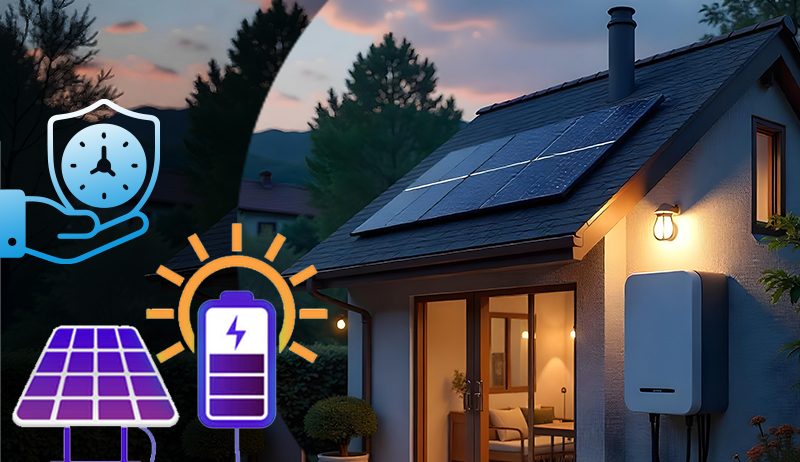
In Australia, several elements influence the longevity of solar panels. So, below, we’ve listed some of them to give you a better insight:
- Quality of Materials
Premium panels like Jinko, Trina, or LONGi often use higher-grade materials that resist degradation better. They usually back these panels with performance warranties that guarantee a specified level of energy production over time.
- Type of Solar Panel
Different solar panel types, such as monocrystalline, polycrystalline, and thin film, may exhibit varying degradation rates. Monocrystalline panels, for example, generally experience slower degradation than polycrystalline panels.
- Installation Quality
Proper installation, appropriate mounting style, and secure wiring can ensure optimal panel orientation and minimize stress factors. Poorly installed panels may degrade faster due to exposure to moisture or mechanical faults.
- Environment and Climate Conditions
Solar panels in hot and humid climates may degrade faster than those in cooler, drier regions. Therefore, environmental conditions like high temperature, humidity, pollution, and heavy rain impact degradation rates.
- Maintenance Practices
Regular cleaning and inspections can prevent issues like dirt accumulation and microcracks.
Whether DIY or with the help of professionals, periodic solar panel maintenance helps increase efficiency and decrease early panel degradation.
- Manufacturer’s Warranty
Many solar panel manufacturers offer performance warranties that ensure a specific level of energy production over a specific number of years. These warranties often cover a degradation rate below a certain threshold, such as 80% of the initial rated efficiency after 25 years.
- Temperature Coefficient
Solar panels have a temperature coefficient, which indicates how their efficiency changes with temperature. Panels with a lower temperature coefficient tend to experience slower degradation in hot weather.
- Inverter Efficiency
The inverter’s efficiency in your solar system affects panel performance. The efficient and best solar inverter maximizes energy harvest and reduces stress on the panels.
How to Extend the Lifespan of Your Solar Panels?
So, how can individuals adopting solar systems ensure that their panels remain functional throughout their 25-year warranties and even longer?
Here are 3 practical tips to make your solar panel last longer:
Choose a Trustworthy Installer
Monitor Your Energy Usage
While it may seem common sense, solar system owners must regularly check how much electricity their panels generate.
Many modern solar systems come with user-friendly monitoring tools or apps that provide real-time data and previous data usage history, making it easier to stay informed and maximize energy savings.
Keep Your Panels Clean and Dust Free
It is advisable to keep your panels clean. Different regions may experience various forms of build-up, including dirt, soil, or snow, which can reduce the panels’ efficiency.
Fortunately, cleaning the panels is a straightforward task that involves gently brushing off any debris with a broom. Just ensure not to apply excessive force that could break or damage them.
Overall, with proper maintenance and care, solar panels can provide reliable electricity generation for several decades in Australian weather conditions.
Let’s talk about Solar Battery Lifespan| What to Expect in 2025?
There’s no denying that solar batteries are true game changers in the world of renewable energy.
These powerful integrations elevate your solar experience by storing excess energy generated during peak sunlight hours and making it available when the sun goes down.
That means your home stays powered, even when your panels aren’t actively producing. However, that’s not all! Beyond solving the problem of solar’s intermittency, solar batteries also play a crucial role in reducing your carbon footprint.
They maximize the use of clean, stored energy so that you rely less on the grid, ensuring grid stability during high demand.
So, let’s have a look at solar battery types and their longevity:
Types of Solar Batteries and Their Lifespan
The lifespan of solar batteries can vary entirely based on their chemistry and manufacturing process.
For example, lithium-ion batteries are the most common in residential solar systems, offering an operational lifespan of 10 to 15 years. In contrast, Lead-Acid Batteries are older technology with a shorter lifespan of around 5 to 7 years.
However, two other types of batteries are better suited for large-scale systems: Flow Batteries and Nickel-cadmium (Ni-Cd) batteries.
But do you know there is a subtype of lithium-ion batteries?
Lithium Iron Phosphate (LFP) Batteries are known for their longer cycle life, supporting over 10,000 cycles under optimal conditions. So, if you are planning to install solar batteries, consider trying lithium batteries for incredible results.
So, now what is a battery cycle?
Battery lifespan is often measured in charge-discharge cycles. For instance, a battery that goes through one complete cycle per day would reach 365 cycles in a year.
Therefore, a battery with a lifespan of 3,000 cycles would last approximately 8 years under daily use.
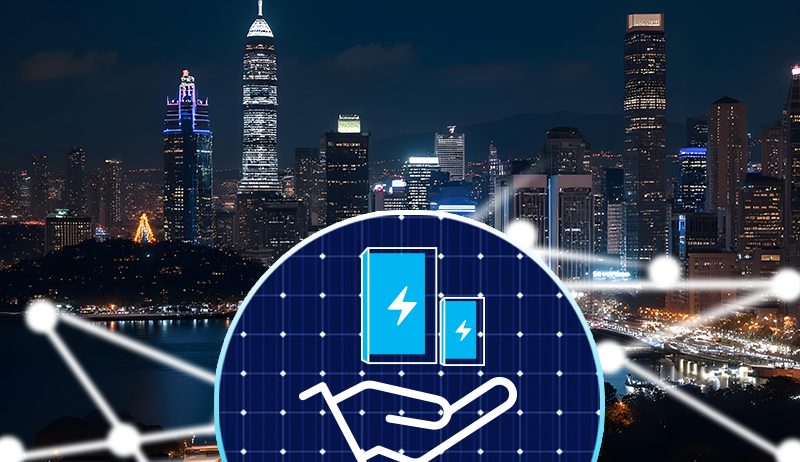
Maximizing the Lifespan of Solar Batteries: Things You Should Look For!
Yes, solar batteries are essential for a solar power system, and your choice includes system size, budget, expected usage patterns, and desired lifespan.
However, if you are still in a dilemma, consult a solar energy professional like Cyanergy to determine the most suitable battery technology tailored to your needs and circumstances.
You can also consider the following matters to maximize the lifespan of your solar batteries in Australia:
- Battery Chemistry
The type of battery chemistry used significantly impacts its cycle life. Lithium-ion batteries, particularly LiFePO4, have longer lifespans than lead-acid batteries.
- Depth of Discharge (DoD)
DoD refers to the amount of a battery’s capacity used during each discharge cycle. Shallow discharges, where you use only a tiny percentage of the battery’s capacity, tend to prolong battery life.
- Temperature
Temperature extremes can significantly impact battery life. Most batteries perform optimally in moderate temperatures (around 20-25°C or 68-77°F).
High temperatures can accelerate chemical reactions, leading to faster degradation, while freezing can temporarily reduce a battery’s capacity.
- Charging and Discharging Rates
Charging and discharging a battery at high rates can generate excess heat, shortening its lifespan. To ensure safe charging and maintain balance, it’s better to use a charge controller.
- Maintenance
Proper maintenance can extend a battery’s life. For example, regularly checking and maintaining the electrolyte levels in flooded lead-acid batteries can prevent damage and extend their lifespan.
- Environmental Conditions
Long-term exposure to harsh weather, excessive dust, or corrosive elements can impact the battery storage system’s components and indirectly affect the battery’s life.
- Manufacturing Quality and Brand
The quality and reputation of the manufacturer play a role. Reputable manufacturers like Tesla Powerwall, Alpha ESS, and SLA Life often provide longer-lasting and more reliable battery products.
- Proper Sizing
Ensuring that the battery is properly sized for your energy needs can prevent excessive cycling and strain on the battery, which can extend its life.
Optimizing these factors for your specific solar battery systems will help maximize their lifespan and ensure you get the most value from your solar storage system.
Want Your Solar Batteries to Last Longer? Do This!
- Avoid Deep discharges as regularly discharging batteries to very low levels can shorten their lifespan.
- Excessive heat can degrade battery components. So keep batteries in a cool place and ensure proper ventilation.
- Use smart monitoring systems to track battery health and performance.
End-of-Life Considerations and Recycling of Solar Panel Systems in Australia 2025
In Australia, many people still wonder what happens when solar panels and home batteries reach the end of their lives.
While solar panels can last several decades, they eventually reach a point where their efficiency reduces significantly. At this stage, they can be either recycled or reused.
Many components of solar panels, such as glass and metals, can be recycled in the recycling process. This ultimately reduces the need for raw material extraction for new panel manufacturing, helping to protect the environment.
Similarly, there are also some less degraded panels, which might be appropriate for secondary applications, such as powering small devices or off-grid systems in the repurposing process.
Solar Battery Recycling & Disposal
Like solar panels, solar batteries also need proper disposal and recycling to prevent environmental harm.
- Lithium-Ion Batteries: These can often be recycled to recover materials like lithium and cobalt.
- Lead-Acid Batteries: Lead is widely recycled and considered a valuable product in battery manufacturing.
What are the Future Trends in Solar Technology
Living in 2025, the future of solar technology seems bright and rapidly evolving. How?
Continuous technological advancements and growing investment in research and development are making solar energy even more attractive and readily available for residents.
Manufacturing companies are working collaboratively with researchers to develop more efficient and durable materials, such as Bifacial Solar Panels, Perovskite Solar Cells, Building-Integrated Photovoltaics (BIPV), and Solar Skin and Transparent Panels.
Another promising development is self-healing coatings, which can automatically repair minor damages and help maintain panel performance over time.
These technologies are expected to reduce degradation rates, further extending their lifespan.
In parallel, innovations in battery technology are gaining momentum. Solid-state batteries, known for their higher energy densities and longer lifespans, are emerging as a potential game-changer.
Additionally, flow batteries, though not yet widely available for residential use, show promise with operational lifespans of up to 30 years, offering long-term storage solutions for solar energy systems.

Takeaway Thoughts
Yes, understanding the lifespans of solar panels and batteries is vital for making informed decisions about renewable energy investments.
But it’s equally important to stay updated on emerging technologies that may extend those lifespans, improve efficiency, and reduce long-term costs.
As solar technology continues to evolve, informed decision-making will require not only knowing what’s available today but also anticipating what’s coming next.
So, for more information on solar energy systems and their components, please explore Cyanergy. You can also talk to our expert team for any of your solar needs.

